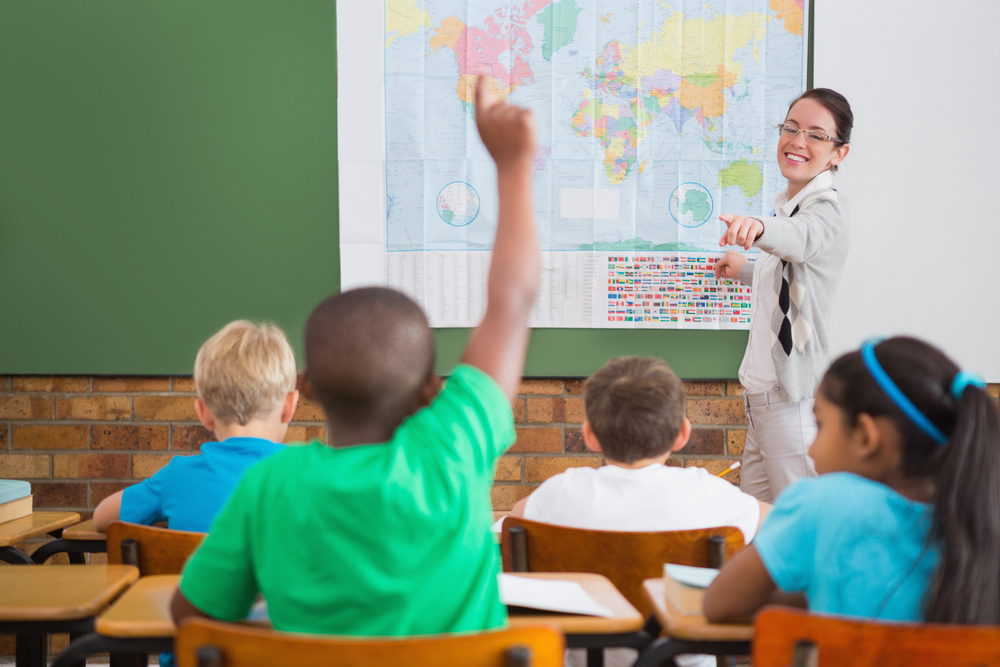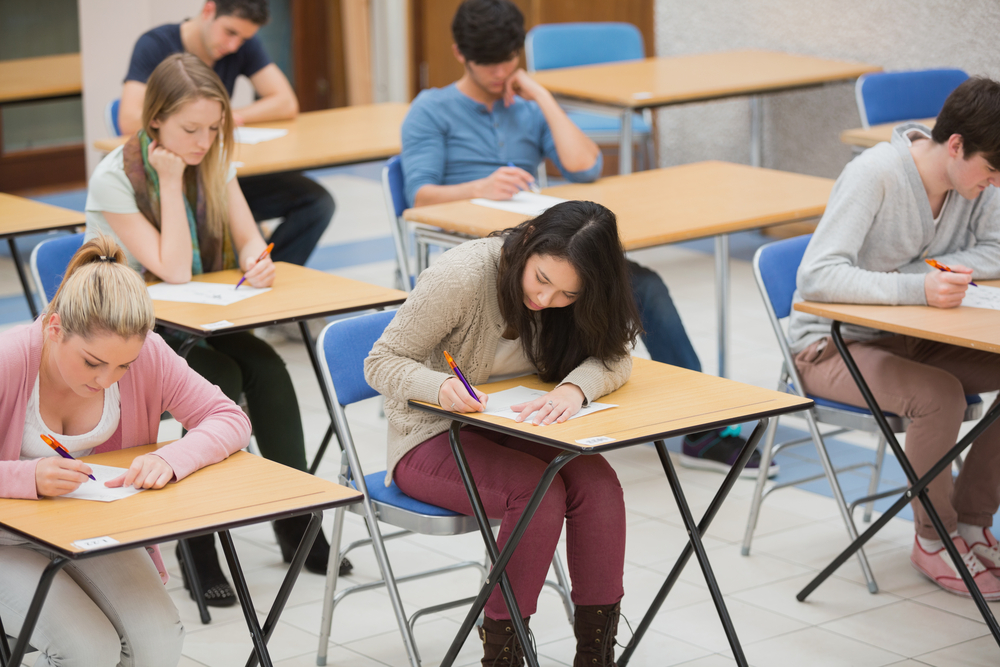Education may be one of the most influential forces in society today. A good education that nurtures intellect and curiosity can impact children as soon as they step into the classroom. With the world’s largest population, China provides its citizens a diverse school system: public schools for students of all ages, specialized schools for the disabled, private schools and vocational schools among the many other institutions for education.
However, since it’s created under the influence of a fundamentally different culture, some structural aspects of China’s education system may seem strange to outsiders.
Here are some comparisons between China’s and America’s education systems:
1, School Grades
China’s education system has three main levels, composed of Primary, Secondary, and Post-Secondary. Primary education (小学; xiǎoxué) is what we typically call elementary level education. Secondary school is split into Lower and Upper, called 初中 (chūzhōng) and 高中 (gāozhōng); these are equivalent to middle school and high school respectively. The separation of these grade levels usually go 6-3-3, where 1st to 6th grade would belong in elementary school, 7th to 9th in another, and 10th to 12th comprising high school.
In the U.S, 1st through 8th grades are labeled by years (For example: “I’m in 7th grade”) and high school and college classes are arranged as “freshman”, “sophomore”, “junior”, and “senior.” China has each class named according to rank in their educational subgroup. Seventh grade is known as 初一, eighth is 初二, and ninth 初三. ("一","二", and "三" is "one," "two", and "three" in Chinese.) Upper-Secondary School and Post-Secondary education (so for example, twelfth grade is called 高三 and second year in college called 大二).
2, Required Education Level
Unlike the U.S, where compulsory education laws require students to stay in school until 16~18 years of age (state-by-state law), all students in China are required to complete at least nine years of education. Students can either opt to enter Upper-Secondary School, Vocational Secondary School, or enter the workforce directly afterwards.

3, School Day
While it’s common for high school or even middle school students in America to hustle about to their next class when the bell rings, in China your instructor is the one that comes to you. It’s typical for students to stay in a classroom during multiple lessons as teachers rotate. Unlike American schools that provide electives (such as choosing either biology or chemistry), students in China are often required to take the same classes until high school.
The length of a school day also varies. While in America typically school starts at 8 and ends somewhere around 3 for K-12, in China the option of evening sessions are offered during middle and high school. In preparation for testing into higher educational institutions, students often use this time to self-study or receive tutoring. Lunch periods are also often longer than that of American schools; some Chinese middle schools and high schools offer lunch breaks during the day that can span up to two hours.
READ MORE: 10 SURPRISING FACTS YOU PROBABLY DON’T KNOW ABOUT CHINESE SCHOOLS
4, Applying for Higher Education
While in America attending high school is a right, in China children are required to take an exam in order to get into their preferred high schools. Students can attempt to obtain higher education by passing entrance exams, which asks questions from a multitude of subjects and uses the final scores to rank and file students to different institutions. The Senior High School Entrance Exams (中考; zhōngkǎo) make students face rigorous problems and is generally what determines which schools students end up attending. Applicants set preferences beforehand, where they rank which schools they wish to attend, and are offered admission based on their scores.
Seeking college education in China is a similar process. While teenagers in the US are graded holistically based on a multitude of factors—extracurricular activities, volunteer practices, GPA, SAT or ACT test scores, essays, potential contribution to college environment—students in China are mostly graded on a standardized national exam. The National Higher Education Entrance Examination, called 高考 (Gāokǎo), operates similarly and is hosted nationwide on June 7th. Although each student experience some difference over what they’re being assessed on based on their province, three main categories are a must for all: literature, mathematics, and foreign language (typically English). The students are accepted based on the universities they express interest in, the threshold for admittance of these said universities, and the students’ test results.
Because of how significant 高考 test scores are, there have been incidents of cheating in testing arenas. Pressure from months of cramming and dedication, along with the high stakes of failing, always prompt several test takers to take the risk. In recent years China has even deployed drones above the testing facilities to pinpoint suspicious activities. Attempting to use surrogate test takers and wireless communication devices has not been unheard of.

5, College / Higher Education
In universities, like in many other countries, students can earn a bachelor’s degree (学士学位; xuéshì xuéwèi) and progress upward to a master’s (硕士学位; shuòshì xuéwèi) and doctoral degree (博士学位; bóshì xuéwèi). Applying as “Undecided” into college, although a common practice amongst American teens, is usually unheard of in China. The majority of colleges in China require students to declare a major in Humanities or the Sciences instead of having them declare after completing prerequisite course work.
Just like America has its collectively approved elite colleges, several universities in China are also considered extremely prestigious. A few of the elite colleges in China are: Tsinghua University (清华大学; Qīnghuá dàxué), Peking University (北京大学; Běijīng dàxué), Fudan University (复旦大学; Fùdàn dàxué), Shanghai Jiao Tong University (上海交通大学; Shànghǎi jiāotōng dàxué), and Sun Yat-sen University (孙中山大学; Sūnzhōngshān dàxué)
READ MORE:7 GOOD REASONS YOU SHOULD STUDY IN CHINA
Main Criticism of the Chinese Education System
Because of the emphasis that China’s education system places on tests and exams, the system itself has come under fire for being “brutal” and also producing “robot students” instead of “learners.” Proponents of the Western education style argue that classes in the arts and physical education (something many Chinese institutions lack) help students achieve a more well-rounded learning experience.
However, the other side argues that the education system works for the country it was built for. A nationwide standardized curriculum may be the best way to provide 1 billion people with a decent education, while providing equal opportunity.
Is there anything else about China’s education system that you found intriguing? Or, on the other end of the spectrum, is there anything about it that you just can’t wrap your head around?
Like This Post? Join Tutorabc chinese to learn more!
